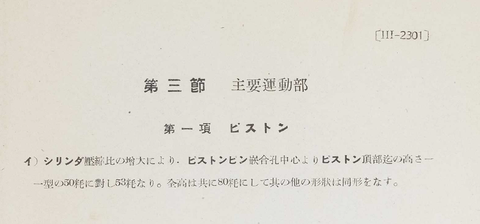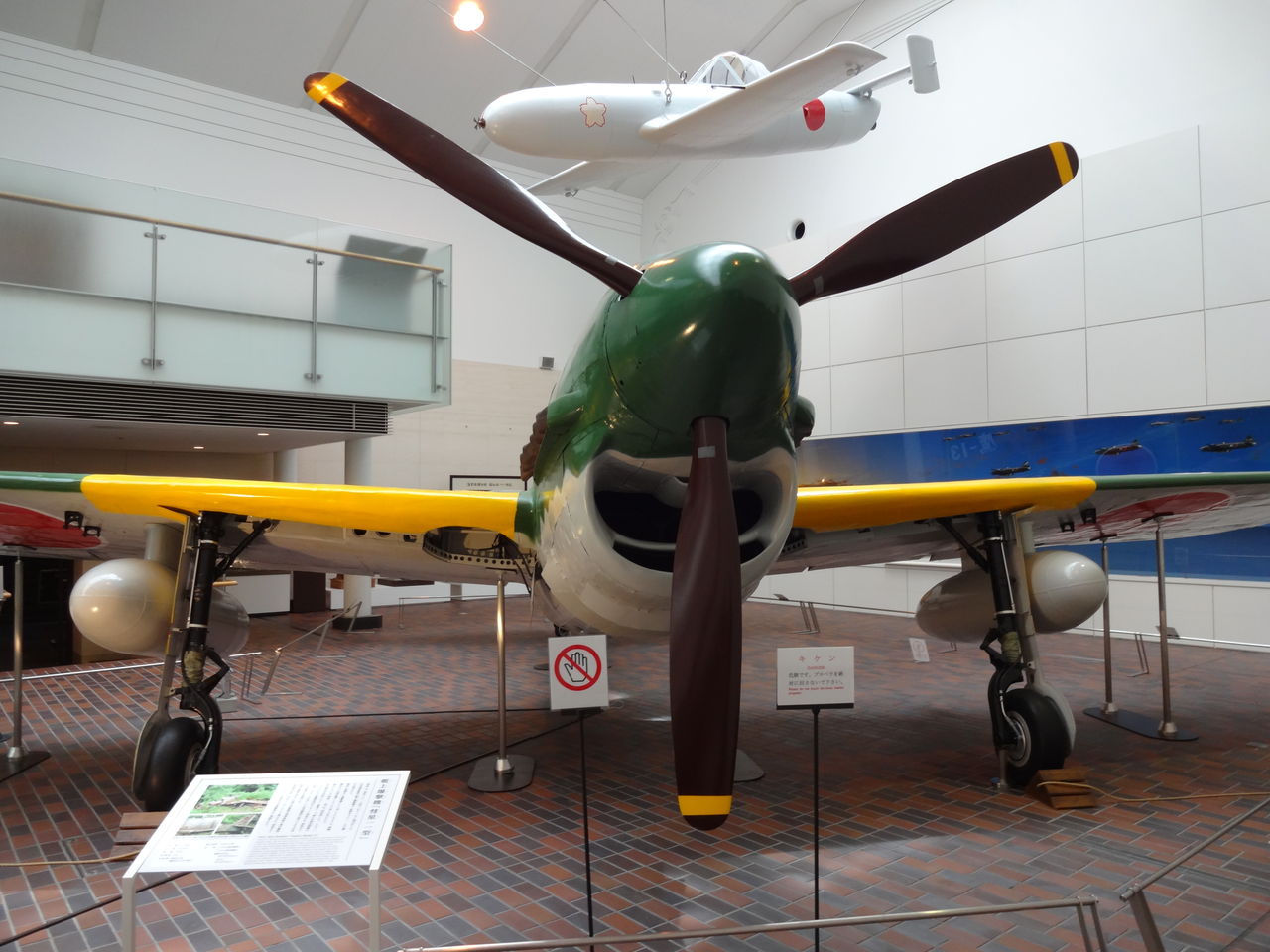DarrenW
Staff Sergeant
It was the largely common-place wing pylons, fuselage bomb/drop tank attachments, and rocket launchers found on the F6F-5 which reduced the maximum speed of factory fresh examples down from 400 mph into the 380 mph range.I am skeptical of the 386 MPH speed on a dash five as well. Given the Hellcat's weight, horsepower, and wing loading, I assume its top speed was probably over 400, even for a bog-standard production version.
According to wartime ACPs most -5s in fleet service were only expected to achieve around 390 mph in clean condition, which dropped to 380 mph with wing pylons and fuselage attachments. Rocket launchers reduced this further by another 5 maybe 6 mph at absolute critical altitude.
Last edited:


